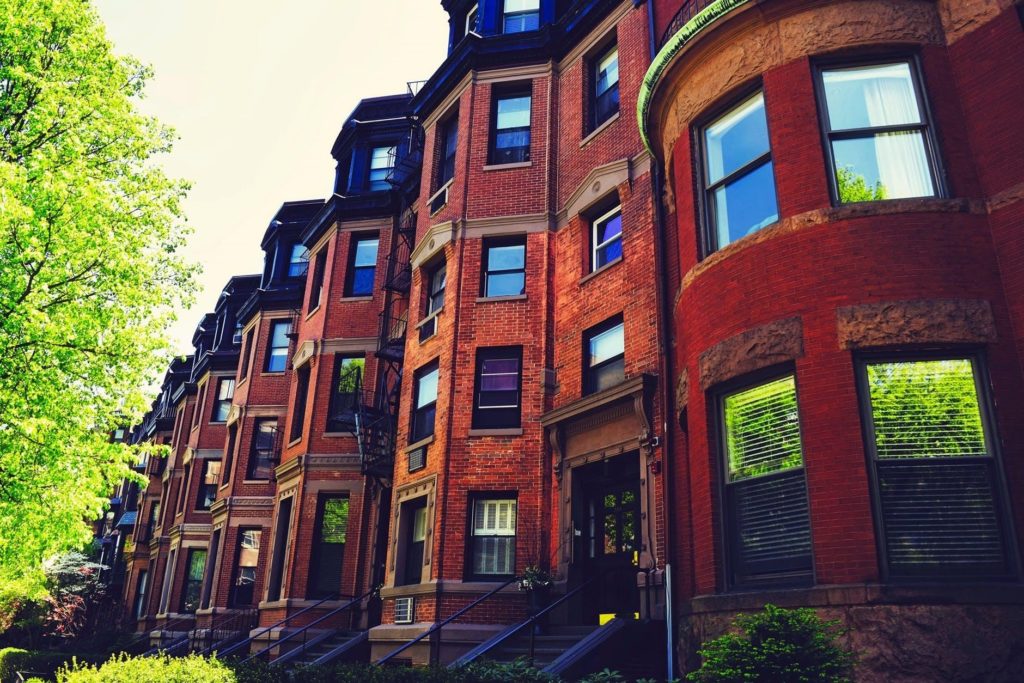Decorating your home may be a great way to show your taste and standard, but another use of home décor is to add detail and make it look trendy enough to be able to ask a higher price for your home.
The following are amazingly clever, but easy ways to get a better financial return for your house should you decide to sell it:
- Replace out of date tiles or use marble
When planning to sell a home that’s been around for some years, replacing worn-out tiles or changing it to marble floors in your kitchen can give it a huge upgrade to a more elegant and expensive look. Even just using it sparingly on a spot like the baking area, is enough to transform that part of the floor.
- Pick a harmonious Color Scheme
Pick a color that can tie everything together. Transform any room by giving it a new splash of color. Use creams and beiges to make it look more extravagant. Light colors can make a room feel larger than it is. If you prefer to use dark color themes, then go for greys and black. Using textured wallpaper can also help you achieve that classy makeover on a small budget.
Choosing rugs and curtains that go well together, can also help you get cohesion that subconsciously signals harmony and luxury.
- Lighting
Lighting is a great way to add atmosphere and improve the look of your home. Choose a focal point in the room and install a dimmer to create a luxurious atmosphere. Remove any furniture that may be blocking the natural light from coming in. Add lamps in dark spaces. You may have an expensive home, but if you can’t see the beauty of it, then the beauty will go unnoticed.Try to get light fixtures that are not the cheapest or from the nearest IKEA, so you won’t have one that looks the same in a nearby house. Remember, people who look for houses usually have several choices for a future home, so it is highly likely for them to see fixtures or décor that they’ve already seen somewhere else.
- Stick to Minimalism
It seems nice to keep on buying “stuff” for your home, but some items you won’t need for the long-term and will only take up space. Too much décor can actually make your home look less attractive, not more.Keep entryways clutter-free. Entryways are one of the first areas of a house that can make a good impression. It should always be clean, spacious and organized for first-time guests to have that feeling that they’re stepping into that perfect home.
Use a minimalist shoe rack to organize shoes and avoid clutter. A messy space will only keep your home from looking attractive.
- Hang Unique Wall Pieces
Try hanging a Tapestry to a bare wall. Adding this décor will give your room a different look, with a minimalist statement. Any unique wall décor piece like frames and DIY art, will look great as long as it is properly placed.
If you want to make your home look more upgraded & attractive, make it look “intentional” that you wanted it to look that way. Use furniture, home accessories, and meaningful pieces that match well, to make it look like you put in the effort to make it that perfect home for a lucky buyer!





